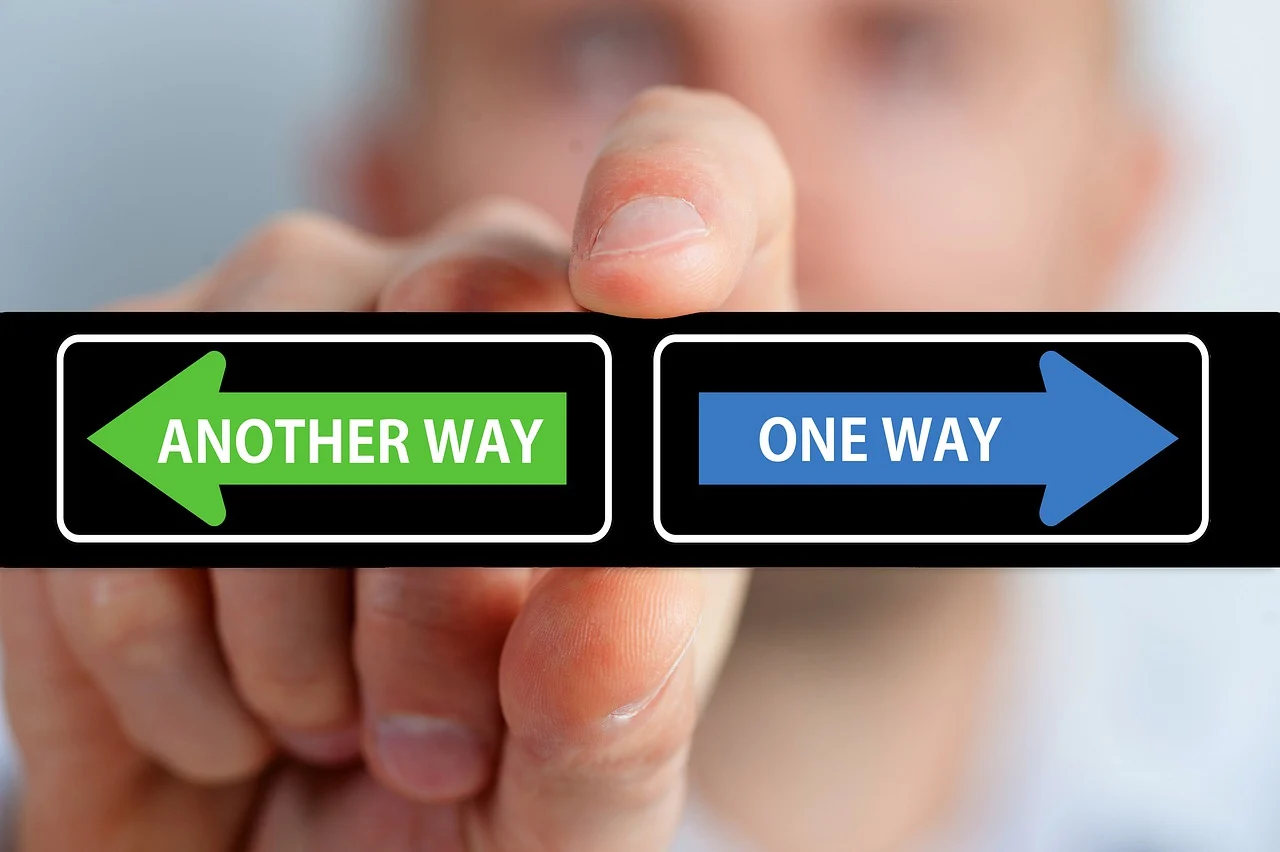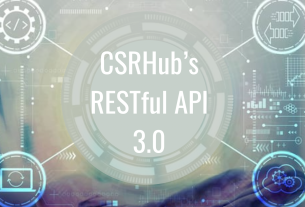by Gael O’Brien
We fuel possibility through the strength of our ideas and actions … unless we are stuck.
The universal problem of being stuck and staying stuck indefinitely impedes developing ideas and solutions that benefit companies and others. It also harms well-being. I’ve had my share of slipping from flow to stuck as have leaders, employees, and nearly everyone.
 Being stuck has become more common than we realize. In a meeting with 10 people talking about education issues, I asked who had experienced getting stuck; every hand went up.
Being stuck has become more common than we realize. In a meeting with 10 people talking about education issues, I asked who had experienced getting stuck; every hand went up.
A new book, Anatomy of a Breakthrough: How to Get Unstuck When It Matters Most, gets to the heart, head and habit of getting unstuck. Author Adam Alter, a professor of marketing at NYU’s Stern School of Business has spent nearly 20 years researching tools to support a protocol for getting unstuck.
The result is what Alter calls “a strategic guide to the war against stuck” filled with dozens of stories about how leaders, athletes, musicians and others moved themselves out of being stuck.
The realities of stuck
According to Alter, three things indicate that you’re stuck:
- “you’re temporarily unable to make progress in a domain that matters to you;”
- “you’ve been fixed in place for long enough to feel psychological discomfort; and
- “your existing habits and strategies aren’t solving the problem.”
These indicators signal curtailed productivity. Being stuck limits our thinking and opportunities that we can’t see because perfectionism has taken over or self-doubt, anxiety or fear of failing.
“At the first sign of friction,” Alter writes, “we despair that we’ll perhaps never make progress again.” In that emotion “…too often we surrender just a few steps short of the finish line.”
Desperation about getting unstuck can create the potential for unethical behavior, according to Alter. “People are more likely to behave unethically or to compromise their morals,” he says, “to make progress when they’re stuck midway to a goal – at moments when they feel especially hopeless and therefore willing to sacrifice the high ground for a desperate step forward.”
Alter argues that getting unstuck requires a blend of emotional, mental, and behavioral tools, which he calls Heart, Head and Habit. The tools reflect ways of seeing and being, and what to expect or change to get unstuck. Heart focuses on the range of emotions that surround stuckness; Head focuses on mental strategies; and Habit focuses on actions supporting breakthrough.
Heart
The emotional consequences of being stuck include stress, anxiety, and fear. Alter writes that the heart forces us to focus on what’s blocking us. He indicates that how we master, accept, and work through our emotional response to being stuck changes our capability. When we’re able to do that it’s a critical step in getting unstuck. The sooner we stop flailing around, he writes, feeling we have to do more when we’re trapped mentally, the sooner we’ll begin to reduce how long we’re stuck.
Anxiety plays a big role in emotional consequences. Rather than focusing on ourselves when anxiety shows up, Alter writes, it’s much more productive to focus on others and the situation that’s occurred. When failures happen, he adds, mastering that anxiety and discomfort becomes a major difference between people who achieve breakthroughs and those who stay mired.
Anatomy of a Breakthrough includes research from Stanford Psychologist Alia Crum and her colleagues which indicates that “seeing stress as beneficial boosts performance dramatically.” (In an interview independent of the book, Crum explains that “Stress is inevitable when you’re living a life that’s connected with things you care about. And learning how to work with it is really what helps us thrive and grow and perform at our highest level.”)
Mastering responses to stress and other emotions will depend on how we choose to experience them. Then learning how to think about being stuck and getting out of it opens options.
Head
When you’re stuck and gravitating to what you’ve done before that didn’t work, it’s time for mental strategies. I especially like Alter’s quote: “The best way often to move forward is to simplify the problem, identify opportunities to deviate from an existing path, and get input from others.” While this isn’t an unusual strategy, how it’s executed opens so many opportunities.
Alter encourages getting diverse opinions from others when they work on ideas, strategies, and opportunities. He suggests “100 Ways to Get Unstuck;” here are four:
- “Seek other people’s opinions. Seek many more than you think you need. Seek them before, during and after you tackle any task, experience, or problem.”
- “Seek, particularly, the opinions of novices and outsiders—smart people who aren’t domain experts.”
- “Seek nonredundancy. Assemble a motley band of people to critique, comment on, and verify every idea or path forward.”
- “The value of diversity and nonredundancy goes up the more complex the task. Simple tasks work best with teams of people who think and approach issues the same way; complex tasks benefit from difference.”
A strategy called recombination in business and other fields is another way of creating new opportunities if we’re stuck. It’s a simple process, Alter explains, using two or more existing novel combinations to blend together in a way that’s new and useful. As an example, Alter notes that Bob Dylan’s career flourished when the performer found a way to combine blues, poetry, and acoustic folk music. Dylan and others, says Alter, “embraced an incremental definition of originality that recognized new ideas almost always stand on the shoulders of existing ideas.”
Two decades ago, Alter started collecting information and ideas into a journal. If he was stuck, he’d put two or three ideas together to make something new. The idea journal is another strategy to help when stuck.
The power of unsticking in mastering emotions and developing mental strategies takes us to action. Alter calls action “the great unsticker because it necessarily replaces inertia with movement.”
Habit
Action changes how we see ourselves, which can get us unstuck. Thinking about a habit and not doing anything about it does nothing to help you get unstuck. An action like moving your body is a path to mental unsticking.
Alter uses an example of perceiving ourselves: Those who run occasionally might tell someone “I run.” If you run several times a week you might say, “I am a runner.” Says Alter: “Seeing yourself as a runner, rather than as someone who runs sometimes is a great force for unsticking.”
Singer and guitarist Jeff Tweedy demonstrates how strategically lowering standards can help one to move forward when you’re stuck, according to Alter. Tweedy explains: “To avoid writer’s block, I write songs I don’t like. I get an idea for a song, and I just go ahead and do it, even though I don’t think I’m going to like it. And that frees me up to go to the next song.”
Getting unstuck can be hard work, but it’s worth it. Meditation teacher Matthew Hepburn, whom I follow on the Ten Percent Happier app, has a relevant ending on being stuck: “You will get stuck in life,” he says, “but remember you get to choose how you respond and that response is the beginning of a new movement forward.”
It matters a great deal to be unstuck, to fuel possibility through the strength of our ideas and actions because that’s where opportunities are created.
 Gael O’Brien is a catalyst in leaders leading with purpose and impact through clarity, presence and connection. She is an executive coach, culture coach, speech coach and presenter. She publishes The Week in Ethics and is also a Business Ethics Magazine columnist, on the Advisory Board of the Hoffman Center for Business Ethics at Bentley University, and a Senior Fellow at The Institute for Social Innovation at Babson College.
Gael O’Brien is a catalyst in leaders leading with purpose and impact through clarity, presence and connection. She is an executive coach, culture coach, speech coach and presenter. She publishes The Week in Ethics and is also a Business Ethics Magazine columnist, on the Advisory Board of the Hoffman Center for Business Ethics at Bentley University, and a Senior Fellow at The Institute for Social Innovation at Babson College.


